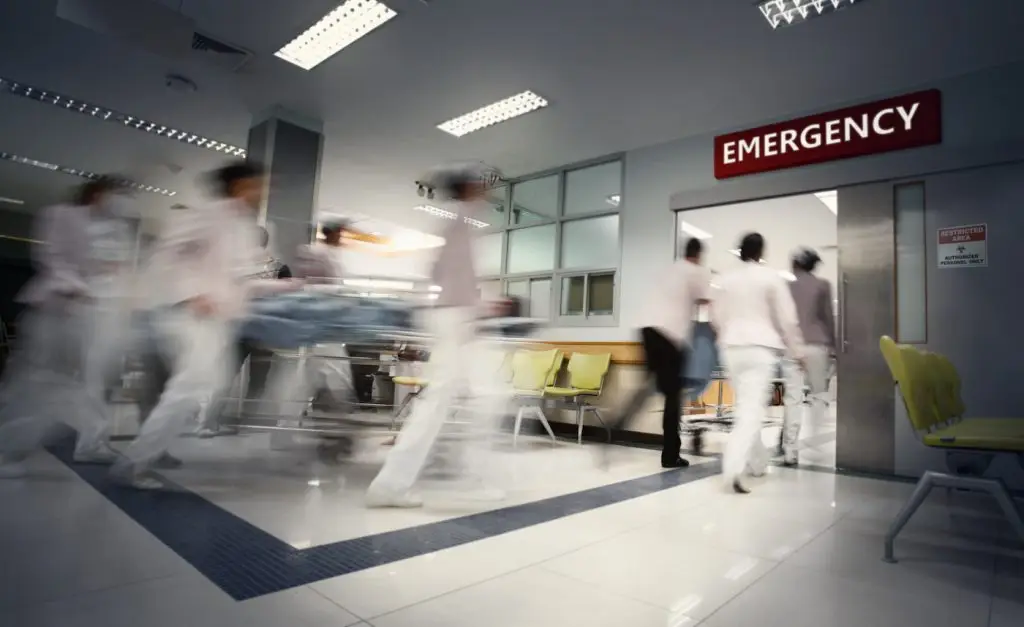Key takeaways from the Trauma Registry Information Specialists of Canada 2021 Annual Meeting
By Christina Francke, CHIM
The Trauma Association of Canada (TAC) has two sub-groups: Trauma Registry Information Specialists of Canada (TRISC) and Interdisciplinary Trauma Network of Canada (ITNC).

In the Spring of 2021, trauma information specialists from across Canada came together for the TRISC Annual Meeting during the TAC Virtual Conference. It was a day filled with collaborative discussion, encouragement, and a focus on the future.
Prior to the conference, all TRISC members received a challenging trauma case for review and coded it using AIS© 2005 Update 2008. This case was used to facilitate discussion among the ITNC and TRISC members—specifically in the areas of quality improvement and patient care. It was also used, later in the day, to spur discussion about the use of specific AIS© 2005 Update 2008 codes and the challenges faced by many trauma information specialists in capturing traumatic injuries in AIS.
The day began with executive and TAC updates, then moved on to a brief discussion and review of the featured case among TRISC and ITNC members. Once this was complete, TRISC members were randomly grouped with ITNC members in breakout rooms to discuss quality improvement in trauma care while specifically focusing on the learning outcomes of the case provided. TRISC and ITNC members were then brought back together to share highlights from the discussions that arose in each breakout room. Many discussions were focused on patient care and the importance of patient-flow processes. Highlighted areas included: the importance of having a patient primary and secondary survey upon hospital arrival; access to blood products—especially in the field (with emergency health services); and massive transfusion protocol within the hospital environment.
Variance in code choices was found to be linked to incomplete or conflicting documentation. – Christian Francke, CHIM
Once the post-breakout-room discussions were finished, the ITNC members left the meeting and TRISC members proceeded with a coding review of the case. Using provided codes within the polling system, members were polled about which AIS© 2005 Update 2008 codes they had chosen. This was done to reveal the similarities and/or variance in member-chosen AIS codes—and interestingly, the variance identified was related to the code choices derived from incomplete or conflicting documentation. Overall, members agreed many times in their code choices and displayed a high level of knowledge of the AIS© 2005 Update 2008 system.
Once the case-coding review was complete, the American Association for Automotive Medicine (AAAM) delivered its presentation. This included a brief overview of AIS© 2005 Update 2008 and AIS 2015, which was released in 2016. There was also an overview of the process of becoming a Certified Abbreviated Injury Scale Specialist (CAISS). (CAISS is a voluntary certification process that, once complete, verifies competency in AIS coding).
The day concluded with presentations by ESO and Jaimini Thakore from TAC Performance Improvement Committee (TACPIC). ESO provides software and data solutions for hospitals and other health care providers such as emergency health services. In its presentation, ESO focused on data storage and display, specifically for trauma registries. It is ESO’s belief that it is important to connect data from pre- to post-hospital visit. Jaimini Thakore provided the closing presentation: an update on the Canadian Benchmarking Project from TACPIC. This project is focused on benchmarking mortality and length of stay for trauma facilities and relates to the research study titled Canadian benchmarks for acute injury care.
The day was filled with a wealth of diverse topics applicable to the work that trauma information specialists do, and it left many of us feeling encouraged and looking forward to the future of trauma information.






